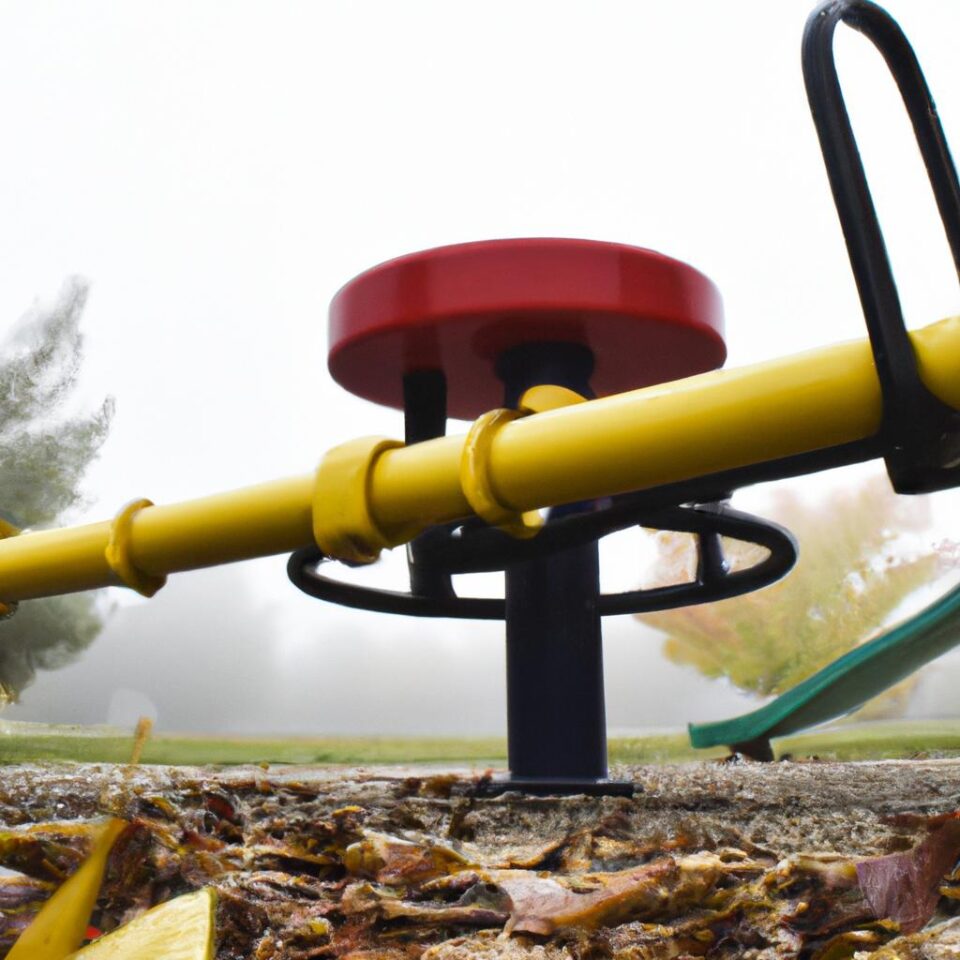Importance of Balance and Stability Exercises
Balance and stability exercises are an important part of a healthy lifestyle. Not only do these exercises promote strength and flexibility, but they also help to enhance coordination and prevent falls. Through regular practice, you can improve your balance and stability, build muscle, and reduce the risk of injury.
Falls are a common issue among the elderly population, which can lead to severe injuries that significantly reduce a person’s quality of life. By performing balance and stability exercises on a regular basis, you can reduce your chances of slipping or falling and take control of your health.
The importance of balance and stability exercises cannot be stressed enough. These exercises have numerous health benefits, from helping with coordination to increasing strength and improving balance. When performed correctly, they can help you live a healthier and more active life.
Benefits of Balance and Stability Exercises
Balance and stability exercises have a number of benefits that make them worth adding to your daily routine. These exercises help improve your overall quality of life by increasing your range of motion, improving your coordination and balance, as well as strengthening your muscles. They also help to prevent falls by building endurance and strength. Furthermore, they can boost your mood, reduce stress, and even improve your posture.
The benefits of performing balance and stability exercises don’t just end there; they also help to support your mental health. These exercises can help to improve your focus and concentration, while also reducing anxiety and stress levels. Additionally, they can increase your energy and alertness, and even help to reduce symptoms of depression and improve overall cognitive performance.
Types of Balance Exercises
Balance and stability exercises are a great way to improve coordination and prevent falls, and can be done in a number of ways. Balancing on one leg is a basic exercise that is simple to do and helps with coordination. Other balance exercises include tai chi and yoga, which helps to improve flexibility and strength. There are also a variety of balance board exercises that involve balancing on an unstable surface. Additionally, dynamic movements, such as walking on a wobbly bridge or stepping over obstacles, can help improve balance and coordination.
Strength Training
Strength training is one of the best ways to improve your balance and stability. Strength exercises can help you target specific muscles in your body, allowing you to become more aware of your body’s movement and control when performing balance and stability exercises. Strengthening your core muscles, such as the trunk, hips, and legs, can help you stay balanced and reduce the risk for falls. With strength training, you are able to work on improving your stability, so that you can move more comfortably and confidently.
There are a variety of strength exercises that you can do in order to improve your balance and stability. Some popular exercises include planks, squats, lunges, side steps, and calf raises. These exercises should be done with proper form and posture, while focusing on engaging the core muscles of your body. It’s important to start with lighter weights or no weight at all, as you want to make sure you are performing the exercises correctly and not overexerting yourself. As you become more comfortable with each exercise, you can increase the difficulty by adding weights or increasing the repetitions.
Enhancing Coordination
Improved coordination is an important part of staying active. Balance and stability exercises can help you to improve your coordination by challenging your body to navigate more complex tasks. Here are some helpful tips for better coordination:
- Unstable Surfaces: Performing balance exercises on an unstable surface such as a BOSU ball can help to challenge proprioception, or the sense of position and movement of the body. This kind of dynamic surface can help you to develop better coordination.
- Dynamic Movements: Incorporating dynamic movements into your balance routine can also help to improve your coordination. These include exercises like walking while standing on one foot or drawing circles with your arms while standing on a wobble board.
By using these tips and incorporating them into your routine, you can help to improve your coordination and maintain good balance and stability.
Balance and Stability Exercises: Enhancing Coordination and Preventing Falls
Falls can be quite dangerous, especially for those who are aging. It is important to include balance and stability exercises into your regular routine in order to reduce the probability of suffering from a fall. Balance and stability exercises help with enhancing coordination and preventing falls, making them a crucial part of any fitness routine.
In this guide, we will explore the following topics in detail:
- Benefits of Balance and Stability Exercises
- Types of Balance Exercises
- Strength Training
- Enhancing Coordination
- Preventing Falls
By the end of this guide, you will have a better understanding of why balance and stability exercises are important, the different types of exercises that can be done, and how they can help with preventing falls.
Preventing Falls
Preventing falls is an important aspect of maintaining good health and wellbeing. Balance and stability exercises have been proven to improve balance and coordination, which can reduce the risk of falls and the serious injuries that can come with them.
To prevent falls, it is important to perform exercises that focus on building strength and improving balance. This includes things like one-legged balancing exercises, tai chi, and yoga. Activities like these require good coordination that can be improved through practice. In addition, it’s important to remember to engage in safe practices when performing any exercise, such as using an appropriate mat or surface, and having someone who can spot you if needed.
When performing exercises for balance and stability, it is also important to monitor your own progress and make changes if needed. If an exercise or activity is too difficult, modify it to make it easier. Similarly, if you find that you are not making any progress or are having difficulty with an exercise, it may be a sign that you are not doing the exercise correctly, or you need more advanced exercises.
By focusing on exercises that target balance and stability, you can reduce the possibility of falls dramatically. Through practice and dedication to your fitness goals, you can enjoy a higher quality of life and fewer worries about slips, trips, and falls.
Balance and stability exercises are important for enhancing coordination, preventing falls and improving the overall quality of life. Research has shown that these types of exercises can help to improve balance, flexibility, and strength, thereby reducing the risk of falls while also improving movement and range of motion. Balance exercises can include standing on one leg, tai chi, yoga, and other activities that require balance and stability. Strength training is also an important component of improving balance and stability, as it helps to strengthen the muscles in the body, such as the core, hips, legs, and back. To further enhance coordination, try using an unstable surface or incorporating dynamic movements into balance exercises. It is also important to practice safe techniques when performing balance and stability exercises to prevent falls, such as using a spotter or something for support if needed, and always taking small steps. In conclusion, balance and stability exercises play an important role in enhancing coordination, improving overall strength and movement, and preventing falls. With regular practice, you can enjoy the many benefits that these exercises offer.
comments: 0

